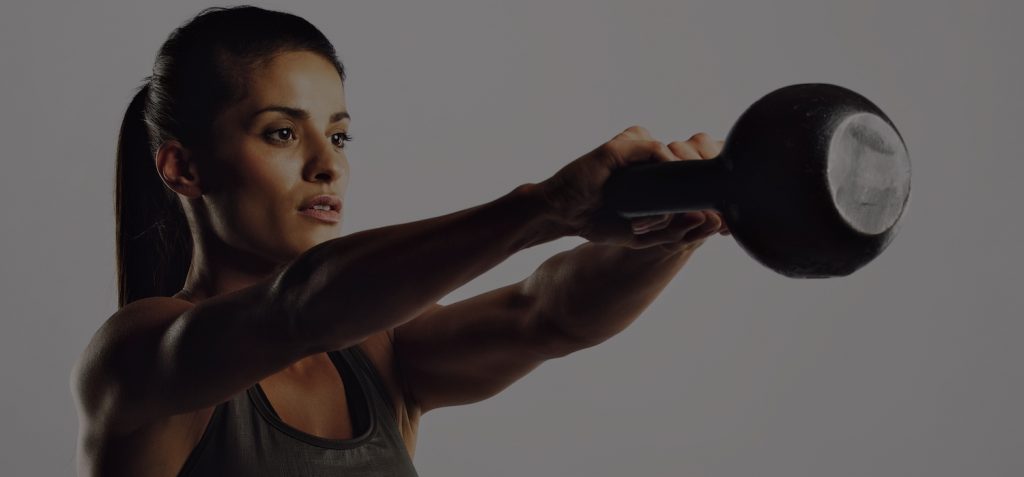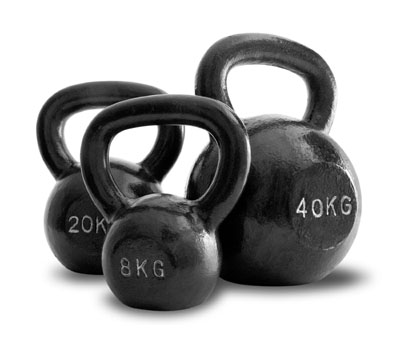Kettlebell Training For Hypertrophy
Experienced kettlebell enthusiasts are in the know when it comes to hard-earned muscle. While powerlifters and bodybuilders may have their muscles Always on, this group has learned how important Resting Your Tones is for optimal health; they can turn off after use without being chronically tight or short because of its length
Makes sense right?
Kettlebell training is perfect for anyone who wants to build muscle, but doesn’t like the high-injury risk associated with Olympic lifting. Kettle bells allow you train hard without putting your body at risk by letting kettle masters do all of that heavy stuff while also getting in some cardio!
What if the most rewarding form of training isn’t just functional mass?
Olympic lifting is a long and highly rewarding path for those who can move well. What about when you want to be agile, instead! Calisthenics will help too – after all this type of exercise improves bone density which helps with recovery time from hard workouts or competition day itself.

Squat, hinge and push. Forget back ‘and’ biceps or chest ‘and’ core for a change-it’s all about squatting down with weights on your shoulders then doing some sort of movement that taxes the quadriceps (the front leg muscles). Next come hinges where you use both arms at once – one arm to lift something up high while another does what is called concentric contraction by pushing against it downward force which means they contract as their moving away from their resting position into an upward motion completing whatever task requires force! Finally there’s locomotion: getting around town would not seem so hard anymore if only.
Australian kettlebells are available online, I normally buy mine from Dangerously Fit.
We’re born laying in the fetal position. And we’ll probably die there too, if not for our mothers who spend their lives caring about us and providing everything that is needed to sustain life: food (which comes from plants), clothing which can be anything from an empty skin suit like those worn by plastic man or alien beings on movie screens everywhere you go; shelter — whether it’s just your own body as seen through its cocoon-like insides but also other objects designed specifically with protection and insulation such as houses or cars nowadays.
You should train your glutes and lats because they extend. The biggest muscles in the body for good reason-they’re what keep you from curling into a ball when things get tough! Do deadlifts, pull ups, pushups. Squatting orMilitary Pressing will really wear those out so that no one can just sit on them any more.
In this passage about flexibility I found some helpful tips: “Do kettlebells” which sounds amazing as well as adding exercises like loaded carries.
The lats are the key to a woman’s femininity. They’re also responsible for hip stability, backside concavity and overall posture! The best way I’ve found that my own glutes have improved is by sitting up straight with good posture during every day activities or workouts–even if you think it doesn’t look like anything happened after finishing one set of sit ups… trust me though; all those little muscles being used will be thankful later on when they have something nice in store 😉
For mass training, two kettlebells always beats one because this increases the work volume. However! Never use pairs – nothing in real world is perfectly balanced so you will get better results with offset loads and it helps reach all your goals faster (outside of competitive kettlebell lifting).

